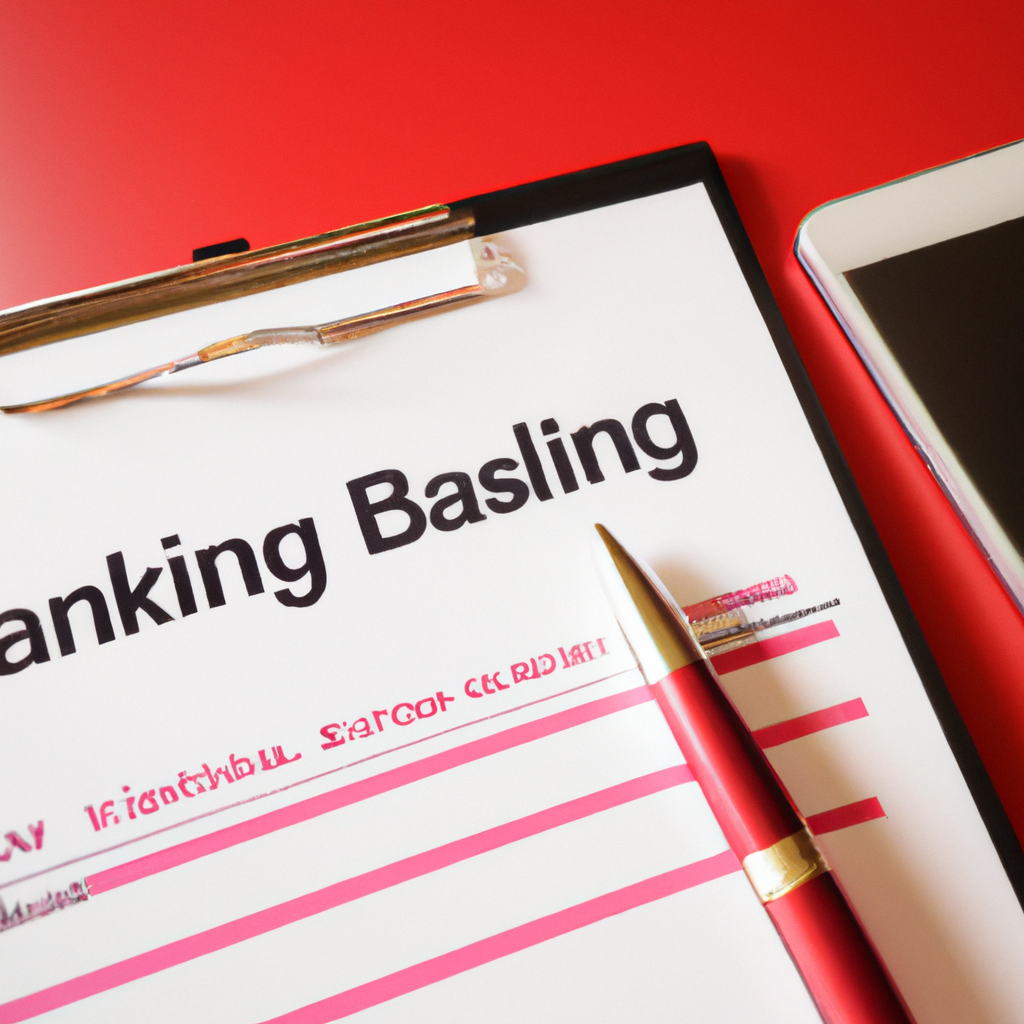Track Business Performance with a P & L Chart
In the world of business, it is crucial to keep a close eye on your financial performance. Whether you are an established business owner or an aspiring entrepreneur, monitoring your income and expenses is essential for making informed decisions and ensuring the success of your venture. One effective tool for tracking business performance is a Profit and Loss (P&L) chart. In this article, we will explore what a P&L chart is, its benefits, and how to create one for your business.
What is a P&L Chart?
A Profit and Loss (P&L) chart, also known as an income statement or an earnings statement, provides a summary of a company’s revenues, costs, and expenses during a specific period. It helps businesses determine their profitability by highlighting the net income or net loss generated within a given timeframe.
A typical P&L chart consists of two main sections: the revenue section and the expense section. The revenue section includes all the income generated by the business, such as sales revenue, service fees, and any other sources of revenue. The expense section lists all the costs and expenses incurred by the business, including operational expenses, salaries, utilities, and taxes.
The P&L chart calculates the net income by subtracting the total expenses from the total revenue. A positive net income indicates profitability, while a negative net income suggests a loss.
Benefits of Using a P&L Chart
Using a P&L chart to track your business performance comes with several benefits:
1. Overview of Financial Performance: A P&L chart provides a comprehensive overview of your company’s financial performance. It allows you to see how much revenue you are generating, what your major expenses are, and whether you are making a profit or incurring losses.
2. Decision-making: By closely monitoring your income and expenses through a P&L chart, you can make informed decisions about your business. For example, if you notice that a particular expense category is consistently high, you can analyze whether it is necessary or find alternatives to reduce costs and improve profitability.
3. Identifying Trends: Regularly reviewing your P&L chart helps you identify trends in your business’s financial performance. You can identify which revenue streams are growing or declining, which expenses are increasing, and make adjustments accordingly.
4. Investor and Lender Confidence: If you plan to seek investment or financing for your business, a P&L chart demonstrates your understanding of your financials. It provides potential investors and lenders with insight into your business’s profitability and its ability to generate sufficient income to cover expenses and debt repayments.
How to Create a P&L Chart
Creating a P&L chart for your business involves a few simple steps:
1. Gather Financial Data: Collect all the necessary financial data, including your revenue records, invoices, bank statements, and expense receipts. Make sure you have accurate information for a specific period, such as a month, quarter, or year.
2. Organize Revenue and Expense Categories: Categorize your revenues and expenses into relevant categories. Common revenue categories include sales revenue, service fees, and product sales. Expense categories may include salaries, office rent, utilities, marketing expenses, and taxes.
3. Calculate Total Revenue: Add up the income from each revenue category to determine the total revenue for the specified period.
4. Calculate Total Expenses: Sum up the expenses from each category to calculate the total expenses for the given timeframe.
5. Calculate Net Income: Subtract the total expenses from the total revenue to calculate the net income. If the resulting number is positive, it indicates a profit. If it is negative, it suggests a loss.
6. Analyze and Interpret: Once you have your P&L chart ready, analyze the numbers and interpret the results. Look for any significant changes, patterns, or trends that need attention. Identify areas where you can optimize expenses or explore opportunities to increase revenue.
Frequently Asked Questions (FAQs)
Q: How often should I review my P&L chart?
A: It is recommended to review your P&L chart on a monthly basis to stay updated on your business’s financial performance.
Q: What if my P&L chart shows a loss?
A: If your P&L chart indicates a loss, it is crucial to investigate the reasons behind it. Analyze your expenses, revenue streams, and market conditions to identify areas that need improvement.
Q: Can I use accounting software to create a P&L chart?
A: Yes, utilizing accounting software can streamline the process of creating a P&L chart. It can automatically categorize your transactions and generate reports, saving time and effort.
Remember, tracking your business performance with a P&L chart is an ongoing process. Regularly monitoring and analyzing your financials allows you to make informed decisions, optimize your operations, and drive profitability. So, start tracking your business’s success today with a P&L chart!
Keywords: income, business, entrepreneurship, budgeting, charts
Links:






0 Comments